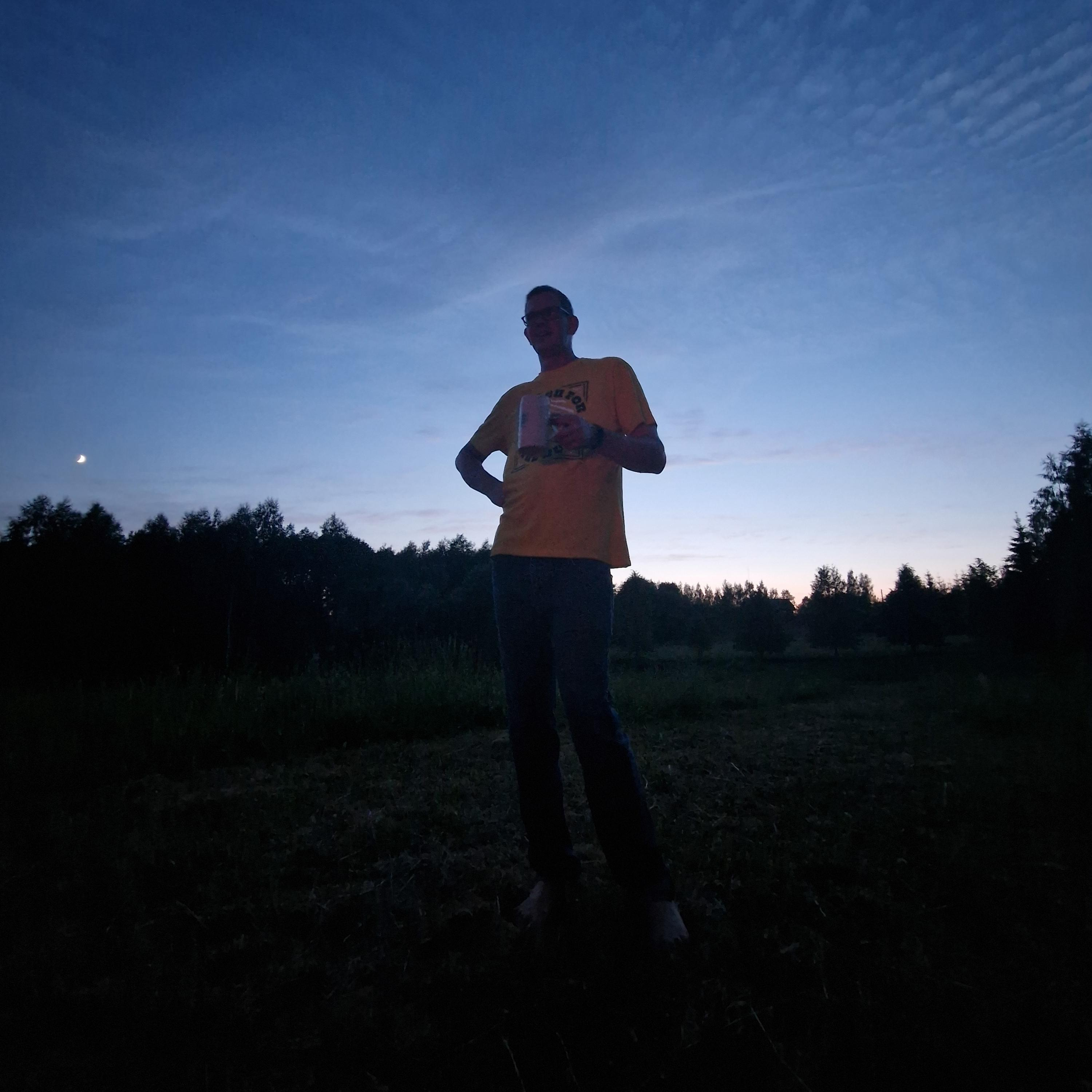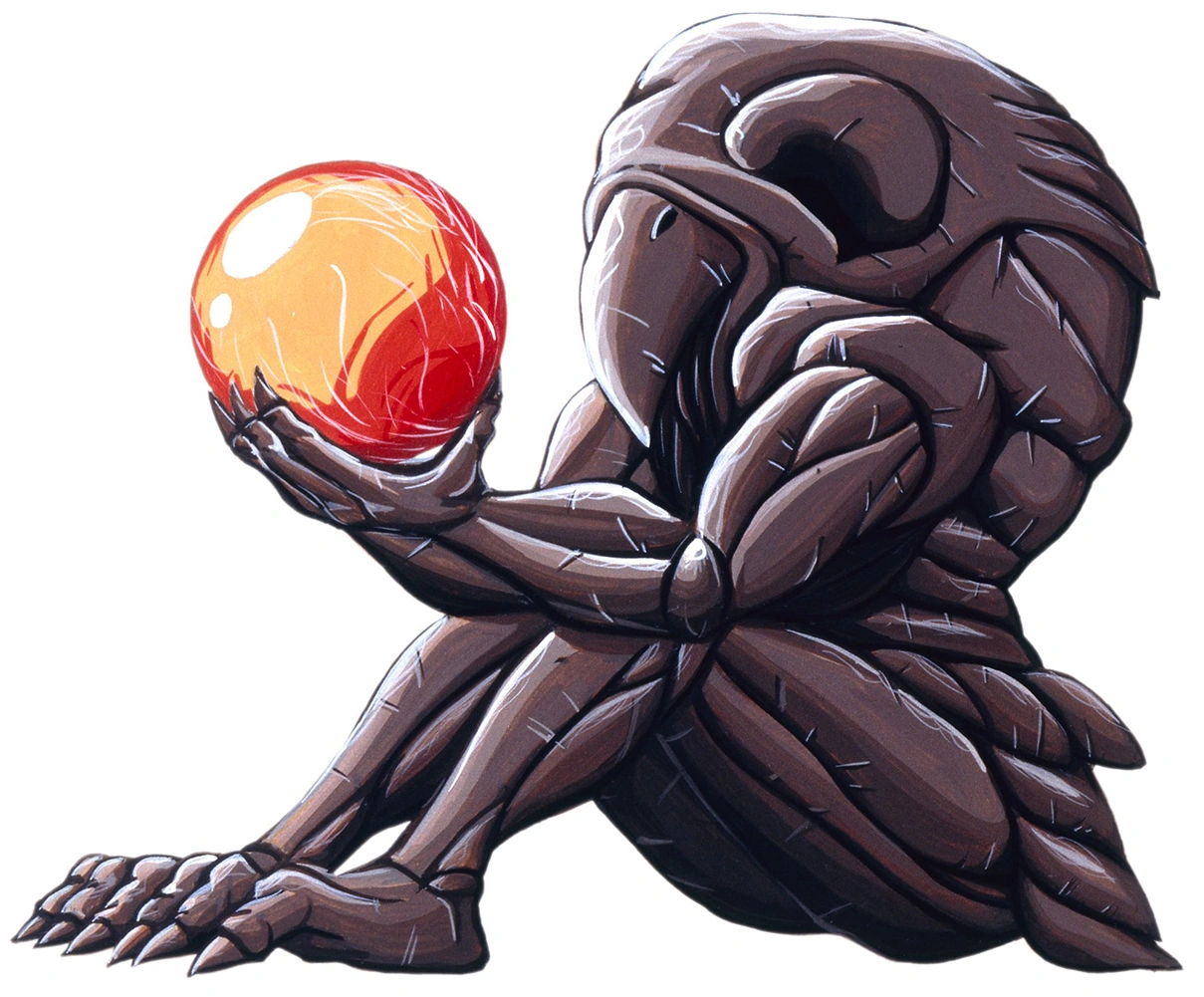Don’t post the entire article in the OP, please. You’ll end up getting C&D’s sent to your instance admins if publishers keep seeing this, because it’s - ironically enough in this context - copyright infringement.
Just post a snippet to stay within fair use. Don’t ruin Lemmy for all of us over something so silly.
Ok, my bad
That’s great! It means artists can continue to use AI art for projects they don’t intend to sell, and Hollywood, which already has too much power, still relies on others.
Artists can still make money and copyright their stuff. You just can’t use exclusively AI to create the images. Cleaning up an AI generated image count as artistic work. Color correct, add missing fingers, make the eyes point the same way, remove background monstrosities. It all adds up.
Unfortunately this also goes for Hollywood. They can generate the bulk of the work and have one guy do the editing and suddenly they own the edit.
The real losers in this are the people that generate images with no modifications and post it as is while pretending that they are doing art.
You are correct. Hollywood will simply change up a couple things and then use the assets.
However, I‘m still undecided about how I think about whether generating AI art should count as Human-generated or not. On one hand, people can spend hours if not days or week perfecting a prompt with different tools like ControlNet, different promptstyles and etc. On the other hand, somebody comes up to midjourney, asks for a picture of a dragon wearing a T-Shirt and immediately gets an image that looks pretty decent. It’s probably not exactly what they wanted, but close enough, right? AI gets you 90% there what you want, and the other 10% is the super-hard part that takes forever. Anyway, sorry for dumping my though process from this comment chain on here xD
Sorry, I am firmly in the camp where that isn’t art. The prompt writing can be a literary work but the result isn’t a work of art. You set up the environment that allowed the image to exist but you didnt make the image.
It looks like the key in the ruling here was that the AI created the work without the participation of a human artist. Thaler tried to let his AI, “The Creativity Machine” register the copyright, and then claim that he owned it under the work for hire clause.
The case was ridiculous, to be honest. It was clearly designed as an attempt to give corporations building these AI’s the copyrights to the work they generate from stealing the work of thousands of human artists. What’s clever here is that they were also trying to sideline the human operators of AI prompts. If the AI, and not the human prompting it, owns the copyright, then the company that owns that AI owns the copyright - even if the human operator doesn’t work for them.
You can see how open this interpretation would be to abuse by corporate owners of AI, and why Thaler brought the case, which was clearly designed to set a precedent that would allow any media company with an AI to cut out human content creators entirely.
The ruling is excellent, and I’m glad Judge Howell saw the nuances and the long term effects of her decision. I was particularly happy to see this part:
In March, the copyright office affirmed that most works generated by AI aren’t copyrightable but clarified that AI-assisted materials qualify for protection in certain instances. An application for a work created with the help of AI can support a copyright claim if a human “selected or arranged” it in a “sufficiently creative way that the resulting work constitutes an original work of authorship,” it said.
This protects a wide swath of artists who are doing incredible AI assisted work, without granting media companies a stranglehold on the output of the new technology.






